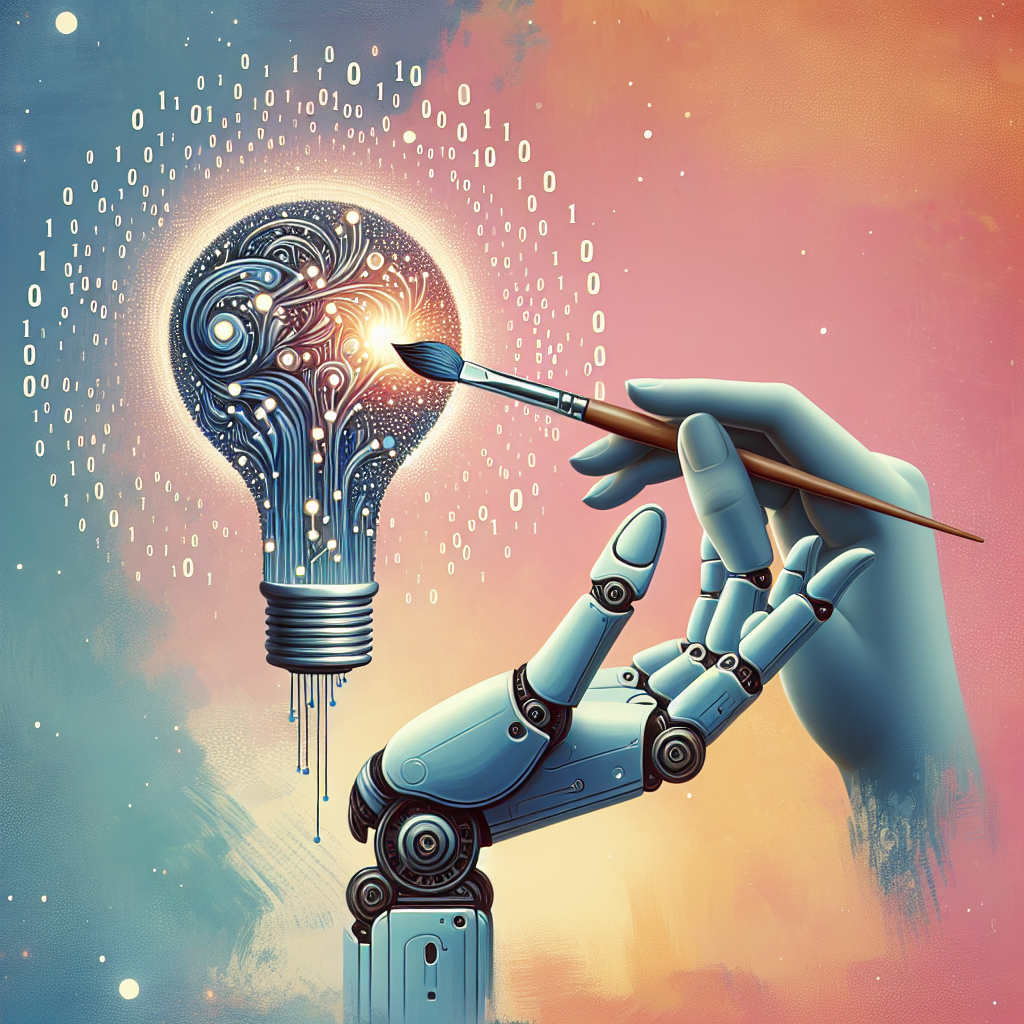Art and technology have long been intertwined, with each influencing the other in unique and fascinating ways. As technology continues to advance at a rapid pace, it is no surprise that artificial intelligence (AI) has become a key player in the intersection of art and technology.
AI, a branch of computer science that aims to create intelligent machines that can mimic human behavior, has opened up a whole new world of possibilities for artists and creators. From creating stunning visual art to composing music and even writing poetry, AI is being used in a variety of creative endeavors.
One of the most well-known examples of AI in art is the use of generative adversarial networks (GANs) to create visual art. GANs are a type of AI algorithm that consists of two neural networks – a generator and a discriminator – that work together to create new, original images. Artists and researchers have been using GANs to create everything from abstract paintings to realistic portraits, pushing the boundaries of what is possible in the world of visual art.
AI is also being used in music composition, with algorithms like Google’s Magenta project creating music that is indistinguishable from that composed by human musicians. By analyzing vast amounts of data and learning patterns from existing music, AI can compose original pieces that are both innovative and emotive.
In the world of literature, AI is being used to write poems, short stories, and even entire novels. The OpenAI model, GPT-3, has garnered attention for its ability to generate coherent and engaging text that is almost indistinguishable from that written by humans. This technology has the potential to revolutionize the way we think about creativity and the creative process.
While AI has the potential to revolutionize the world of art and creativity, it also raises important questions about the role of the artist in a world where machines can create art. Some argue that AI is simply a tool that can aid artists in their creative process, while others worry about the implications of machines taking over creative tasks traditionally reserved for humans.
Despite these concerns, the intersection of art and technology continues to evolve, with AI playing an increasingly important role in the creative process. As artists and creators continue to push the boundaries of what is possible with AI, we can expect to see even more groundbreaking and innovative work that challenges our perceptions of art and creativity.


Leave a Reply